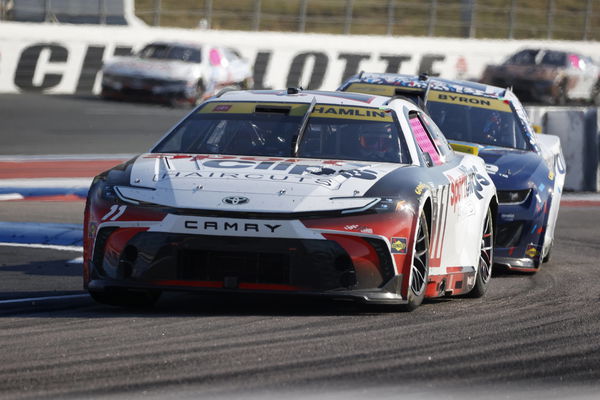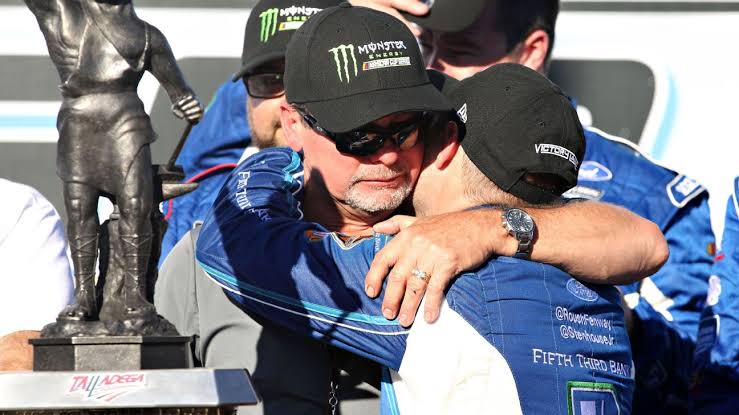
Joe Gibbs Racing (JGR) recently gave fans a behind-the-scenes look at one of NASCAR’s lesser-known practices: covering the windshields of race cars during inspections. For both seasoned NASCAR followers and casual viewers, this might seem like just another part of pre- or post-race procedures. However, as JGR explained in a video shared on Instagram, there’s more to this process than meets the eye. The video provides a detailed history of NASCAR’s evolving inspection methods, showcasing how the sport has shifted from basic checks to cutting-edge technology.
For those curious about NASCAR’s strict inspection protocols, the video explains how the process has grown more sophisticated over the decades. Covering the windshields isn’t just for show—it’s an essential step in ensuring that cars comply with NASCAR’s rigorous technical standards.
In the early days of NASCAR, inspections were relatively simple. Back in the 1940s and ’50s, officials focused on checking basic components like engines, shocks, and fuel tanks, alongside rudimentary safety features. Since opportunities for rule-bending were limited, inspections were quick and straightforward. But as racing technology advanced, teams began finding creative ways to gain a competitive edge. This led NASCAR to adopt more stringent inspection methods to maintain fairness.
By the 1960s, inspections included templates to verify car dimensions, a practice that became increasingly intricate as teams sought aerodynamic advantages by tweaking car shapes. These templates remained a cornerstone of inspections throughout the ’70s and ’80s. The introduction of NASCAR’s fourth-generation car in 1992 marked a significant shift, as inspectors began using highly modified body panels and templates across the car’s surface to enforce compliance.
In 2003, NASCAR implemented a common template to standardize car bodies across manufacturers, promoting fairness. However, this system still allowed for some creative liberties, such as designing cars with asymmetrical shapes—flatter on one side and more curved on the other, a design often referred to as the “twisted sister.”
The fifth-generation car, introduced in 2007, aimed to eliminate these imbalances. NASCAR introduced a massive claw-like template to ensure no part of the car deviated from the rules. The sixth-generation car in 2013 took this further, incorporating laser inspections alongside traditional templates for even greater accuracy.
The game changed again in 2018 with the arrival of the Optical Scanning Station (OSS), or “Hawkeye.” This advanced system uses lasers to scan the entire car, detecting even the smallest irregularities. However, these lasers can’t penetrate transparent surfaces like windshields or rear windows. To address this, teams cover these areas with opaque material, providing a consistent surface for the lasers to measure. This ensures precise measurements and eliminates opportunities for hidden modifications that could provide an unfair advantage.
JGR emphasized that these windshield covers play a critical role in ensuring fair competition by enabling accurate scans. The OSS system has transformed NASCAR’s inspection process, moving far beyond the visual checks of the sport’s early years. With this advanced technology, NASCAR can catch even the smallest infractions, holding teams accountable to the rulebook.
Notable examples of these strict inspections include the 2022 Pocono Raceway incident, where JGR drivers Denny Hamlin and Kyle Busch initially finished 1-2 but were disqualified after their cars failed post-race inspections for dimensional violations. The penalties handed the win to Chase Elliott, underscoring the importance of compliance in today’s NASCAR.




